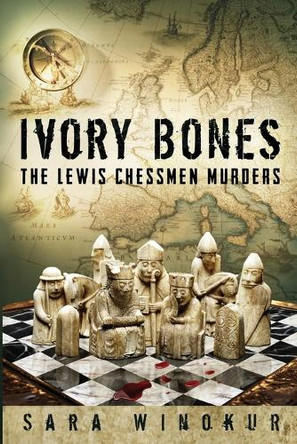Description
The Lewis Chessmen consist of elaborately worked walrus ivory and whales' teeth in the forms of seated kings and queens, mitred bishops, knights on their mounts, standing warders and pawns in the shape of obelisks. They were found in the vicinity of Uig on the Isle of Lewis, but were probably made in Norway, in around 1150-1200 AD. At this time, the Western Isles where the Chessmen were buried were part of the kingdom of Norway, and not Scotland as they are today.
Although very few details of the origins of the Chessmen are known, it is possible that they belonged to a merchant travelling from Norway and that they were buried for safekeeping on route to be traded in Ireland. This seems likely as there are enough pieces, though with some elements missing, to make four sets.
No exact account of the discovery remains, but they apparently came to light after the collapse of a sand-bank on the coast of the island revealed their hiding place to a passing islander. All that is certain is that they were found some time before 11th April 1831 when they were exhibited at the Society of the Antiquaries in Scotland.
Of the original 93 pieces discovered on the Isle of Lewis, 82 pieces are now housed in the British Museum.
An exciting read for anyone interested in the history of the famous chess pieces.
This lively book considers the various fascinating stories which have evolved to explain the ownership, concealment and discovery of the pieces whilst also placing them in the wider context of the ancient game of chess and secular art of the middle Ages.
Book Information
ISBN 9780714150239
Author James Robinson
Format Paperback
Page Count 64
Imprint British Museum Press
Publisher British Museum Press
Weight(grams) 160g



